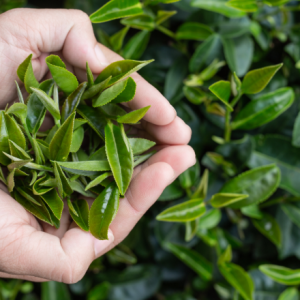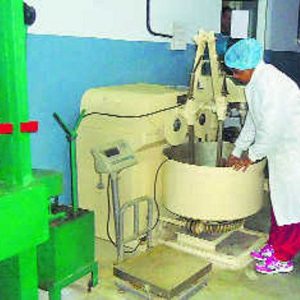India is the largest producer of milk with 22% of the global market share and in economic terms, 26% of the agricultural GDP is contributed by milk itself. However, more than 68% of the milk and milk products do not adhere to the FSSAI standards.
While milk is considered to be one of the richest available forms of nutrition and is abundant in its outreach, it is also one commodity which is prone to adulteration all over the world. As it is available in liquid form in the primary stage, it becomes susceptible to adulteration. Adulteration is mostly done for greater profit, however, adulteration may also happen on account of ignorance.
When adulteration is undertaken for profit, it is also christened as “economic adulteration”, where adulterant could either be in the form of water or whey protein to increase volume as also the protein component that commands better price at the farm gate.
The most common drug administered adulteration noticed in the milk is on account of the administration of drugs during mastitis and not following the standard operating procedures for lactation, which leaves residual chemical components in the milk.
The chemical adulterants in milk include-
- Maltodextrin
- Cheap muriatic acid
- Starch
- Chlorine
- Hydrated lime
- Sodium carbonate
- Ammonium sulphate.

Let’s analyse the adulterants and their outcome:
- Water: Water is the most common form of adulterant added to the milk all over the world. The process of adding water to milk is also known as economic adulteration. It is called economic adulteration as this form of adulteration is done with the objective of increasing the volume and translating it into added profits. The addition of water to milk however reduces its nutritional value and also makes it susceptible to contamination on account of contamination in water.
- Whey: Apart from water liquid whey is the second most common adulterant used in milk. For higher profits, some of the milk producers use cheap muriatic acid to prepare whey. It is a preferred form of adulteration as it does not change the lactose content of the milk rather it enhances the acidity. To counter acidity, a small portion of an alkaline solution of the likes of NaOH is added which provides consistency and also enhances the shelf life of the milk. However, the addition of chemicals has serious health repercussions for consumers.
- Chlorine: To compensate for the loss of form when water is added to milk as an adulterant, chlorine is further added to the milk solution. It is added to compensate for the loss of density in milk on account of the addition of water.
- Mastitis: One of the commonest ailments that milch animals suffer is the inflammation of the udder tissue. To control the adulteration, animals are administered with antibiotics which is found as a residue in milk. These chemical residues have serious health consequences and it could be in the form of allergic reactions, the effect on the intestines, tissue damages, and some kind of urinary tract infections.
- Non-Milk Proteins: non-milk proteins are another form of adulterants that are frequently used. It could be either in the form of soy, pea, or soluble wheat proteins.
- Urea: Urea is the most common adulterant for milk apart from water. When urea is added to milk, it increases its shelf life. The addition of urea helps in enhancing the SNF value and is used to prepare synthetic milk as well. Urea also appears as a trace animal in milk on account of unbalanced animal feed given to milch animals.
Such being the level of adulteration it was imperative that an AI-based solution was offered to check all kinds of adulteration. It was the need of the hour as WHO had warned that if the adulteration in milk went on unchecked, it could have a debilitating effect on the health of 87% of the citizens.
The current wet chemical methods to check adulteration are tedious, time-consuming, costly, and non-scalable as well. India as a country required a scalable instant milk testing solution.
Qualix by AgNext is one such solution that would change the paradigms of detection of adulteration of milk. It is a NiR Spectroscopy based Milk Testing solution which is far superior to the conventional solutions and it provides a solution for both-composition (including Fat, SNF, Protein, and 6 other trade parameters) and adulteration (Urea, Starch, Detergent, Melamine, and vegetable oil) in just under 30 seconds.
Qualix provides rapid quality testing and is a portable device, which is wireless & battery operated, and it has easy integration with ERP. It does not have recurring consumable costs, has zero maintenance, has the option of flexible cost models, and within 5 days has the ability to adapt new adulterants remotely within 5 days as well.
With the growing health consciousness post-COVID, it is imperative that the producers of milk need to adopt solutions provided by Qualix, as the consumer is now demanding quality and traceability for the product that it consumes. COVID has inculcated awareness about food safety and certification about safety protocols is what would be the deciding factor in faster adoption of the products. Hope the industry would rise to the occasion.
For more details, please write to contact@agnext.in or call +91 9700720005










